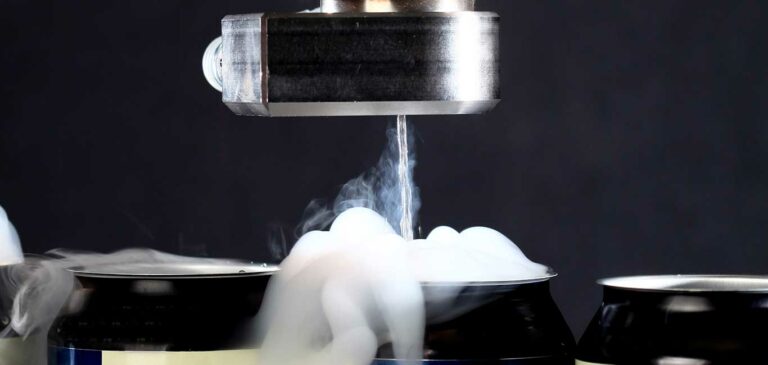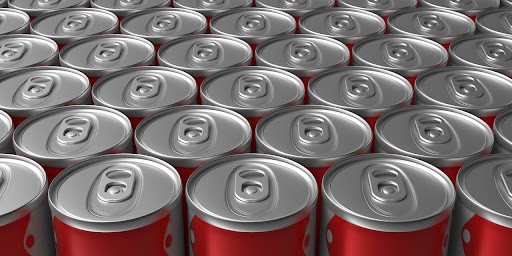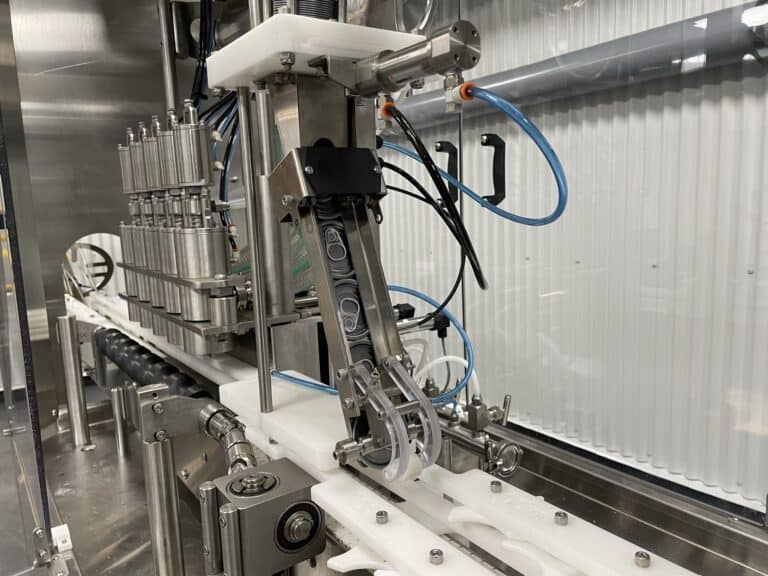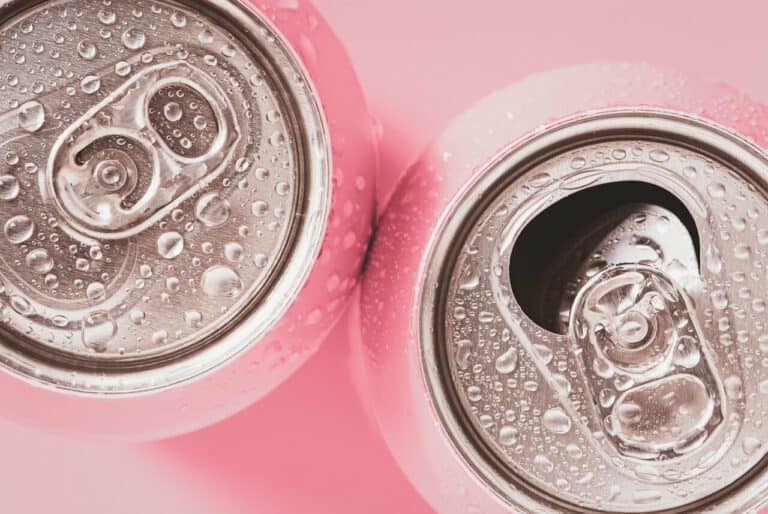Counter Pressure Filling : Craft Canning 101
The Art of Counter Pressure Filling
Counter Pressure Fillers, also known as Isobaric Fillers, are tools used by brewers, sparkling wine makers, and soft drink manufacturers to fill bottles or aluminum cans with carbonated beverages for retail sale without sacrificing carbonation. To operate one, you’ll need a pressurized or non-pressurized storage tank for carbonated drinks, a chiller, CO2 supply bottles, a carbonating unit (which can be separate or combined with the storage tank), and a few other essentials.
The filler uses a filling tube that dispenses liquid from the top of the bottle and a diffuser to distribute the liquid around the walls of the container, reducing foam. The tube has a smaller return tube inside that allows CO2 to escape the pressurized bottle and enter the filling tank, allowing more liquid to fill the bottle. An alternative, less commonly used method is bottom-up filling, similar to a beer pump, but it’s more complex and expensive for automatic fillers. All fillers have inputs for CO2 gas and the drink supply line and a vent for gas release during the filling process. Valves on the inputs and vent allow control over pressure and filling/venting speed.
How Counter Pressure Filling Works: A Breakdown
Counter Pressure Fillers maintain a consistent CO2 pressure on your beer, wine, or soft drink as the bottle is filled. To reduce foaming, the bottles and drinks are usually chilled. The process goes like this:
- The bottle is sealed by the fill valve gasket on the counter pressure filler.
- For beer, cider, and some delicate wines that are sensitive to oxidation, a vacuum is created inside the bottle by removing the air. This is called Pre-Evacuation and it’s repeated twice to minimize the oxygen levels in the bottle before filling. This increases the shelf life of the product as a low Total Oxygen Pick-up (TOP) rate, typically measured in Parts Per Billion (ppb), is desirable (a range of 40-100 ppb is considered good). The bottle is pressurized with CO2, the fill valve is opened, and the CO2 is vented to allow the bottle to fill from the bottom. The whole process of counter pressure filling keeps the carbonated beverage stable and flavorful for longer.
The Filling Process:
- The bottle is filled with CO2 at a pressure ranging from 2.2 to 3.0 bars.
- The harmful oxygen has been removed and replaced with pressurized CO2.
- The valve at the top of the filling tank is opened to release any excess oxygen.
- The CO2 input is then closed, and the filling valve opens to allow the drink to flow into the bottle. The pressure is slowly reduced through the vent to prevent foaming.
- Once the bottle is filled, the liquid input valve is closed, and any remaining pressure is released from the vent. The bottle is then capped.
- For certain products, a warm water spray is used to create a small head of foam before capping to displace any settled oxygen.
- The bottled drink is then washed to remove any sticky residue that may have settled on the surface.
- The final step is capping, which results in only minimal foaming.
Counter Pressure Canning Machine
Preventing Foam During Counter Pressure (Isobaric) Filling
Foaming can occur when filling carbonated products if there’s a change in pressure, causing gas expansion and bubble formation. The warmer the product, the more severe the foaming. Some drinks are more prone to foam due to their high protein content, such as beer and high-protein malt drinks. Cola drinks and high-sugar non-alcoholic beverages are also sensitive to foaming due to their high sugar content. This can be a challenge for microbrewers who often have variations in protein levels from batch to batch. To avoid foaming, it’s important to chill the product before filling.
The solution to combat foaming during filling involves two approaches:
- Chilling the product more effectively to reduce the risk of foaming. Most beers are best filled at a temperature of 2°C from the storage tanks and should reach 3-4°C in the bottle.
- Stabilizing pressure fluctuations between the storage tank, carbonation unit (if used), and the filling machine.
- To achieve this, we use two types of tools: a modulating valve installed in the filler’s infeed connection to constantly adjust the pressurized flow of the product (this method is expensive and reserved for high-speed filling machines), or a pneumatic product feeding pump that ensures a smooth and consistent pressure feed of beer or other foam-prone products to the filler. This solution is also costly, with a pneumatic pump costing up to 7 times as much as a centrifugal screw pump of equivalent capacity, but eliminates many headaches and makes production easier for inexperienced operators or beginners of the filling process.
- Installing a non-return valve at the infeed of the filling machine to prevent “waves” of product from oscillating back and forth from the carbonator to the filler.
User Friendly Can Filling Systems
Get Rid of Air Before Carbonating Soft Drinks or Water
Don’t mix it up with removing air from bottles before filling, de-aerating water is a critical part of carbonating water-based beverages. While CO2 is naturally present in beer, wine, and cider as a byproduct of sugar fermentation, it’s not the case for carbonated water or soft drinks. Water often contains dissolved air, which you can observe by boiling water for cooking. The bubbles you see aren’t steam but air expanding and escaping the water. Boil the same water the next day and you won’t see any bubbles; just the normal thermal movement of hot water. The air is gone forever. If you tried to carbonate water straight from the tap or spring without removing the air, the result would be lackluster. The water is already saturated with air, and adding extra CO2 would cause it to be rejected instead of dissolving. Now imagine opening a poorly carbonated bottle of water without de-aerating first. You’ll get a flash of CO2 followed by rapid flatness, not the best outcome for your marketing and customer satisfaction. To avoid this, any water intended for carbonation, either on its own or as part of a soft drink mixture, must undergo de-aeration. This process involves adding a pre-carbonation column to extract air from the water before sending it to the carbonating unit. The water is showered down through a perforated stainless-steel tube inside the column, and a vacuum pump at the top removes the air. The de-aerated water is then sucked out by a secondary pump and sent to the carbonating unit. Your water is now ready to be mixed with other ingredients, carbonated, and chilled to create your favorite soft drink.
GX CANNING is a division of Géninox






